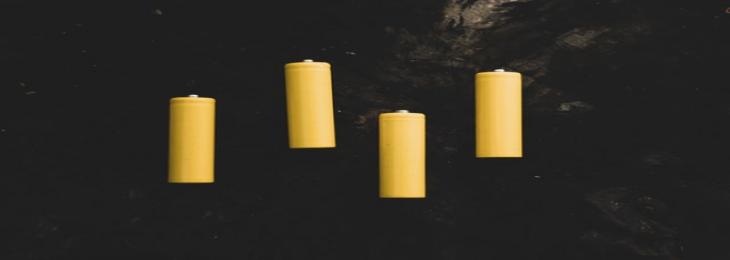Sep, 2021 - By WMR

Researchers developed a rechargeable battery that can store about six times more charge than typical lithium-ion batteries.
A team of scientists at Stanford University while experimenting with replaceable battery structure created a new variety that can be recharged again with a capacity six times more than the lithium battery. The research published in the journal Nature on 25th August 2021 explains, ‘This innovation implicates stabilization of impulsive chlorine reactions in the battery and it may produce the base for high functioning batteries having capacity of powering smartphone devices for a week.’
When researchers were testing sodium chloride (NaCl) and chlorine to try and enhance the performance of this battery, it was found that chemicals were stabilized. It allowed the battery to recharge to some degree. Further study directed scientists to create a new material of conductor that is made from permeable carbon that behaves like a sponge. The unstable chlorine molecules were absorbed by it and were stored safely to convert them back into sodium chloride. The team explains, the chlorine particle gets caught and sheltered in tiny holes of the carbon nanospheres when the device is powered. After that, the battery can be discharged and turn chlorine to sodium chloride whenever it needs to be drained. This process is repeated over many cycles. At present, it can be cycle up to 200 times.
A very high energy density was demonstrated for the sample battery through the experiment, clocking 1200 mAh per gram of the electrode material, which is almost six times more than offered by regular lithium-ion battery technology. The team pictures use of battery in hearing devices or remotes and many more. To use this battery in smartphones or electric vehicles, researchers will have to expand it and build an appropriate structure.

We will be happy to help you find what you need. Please call us or write to us: